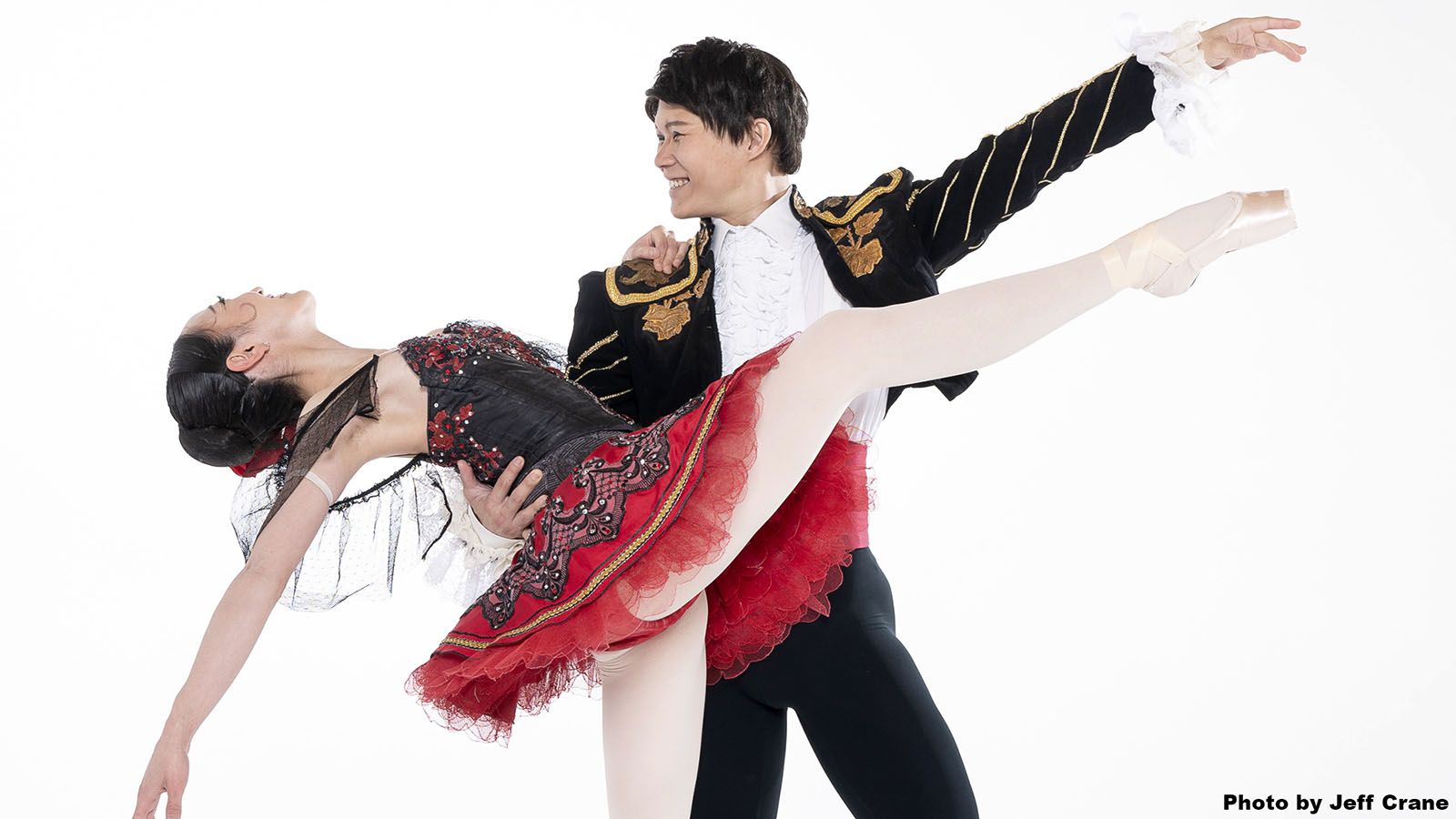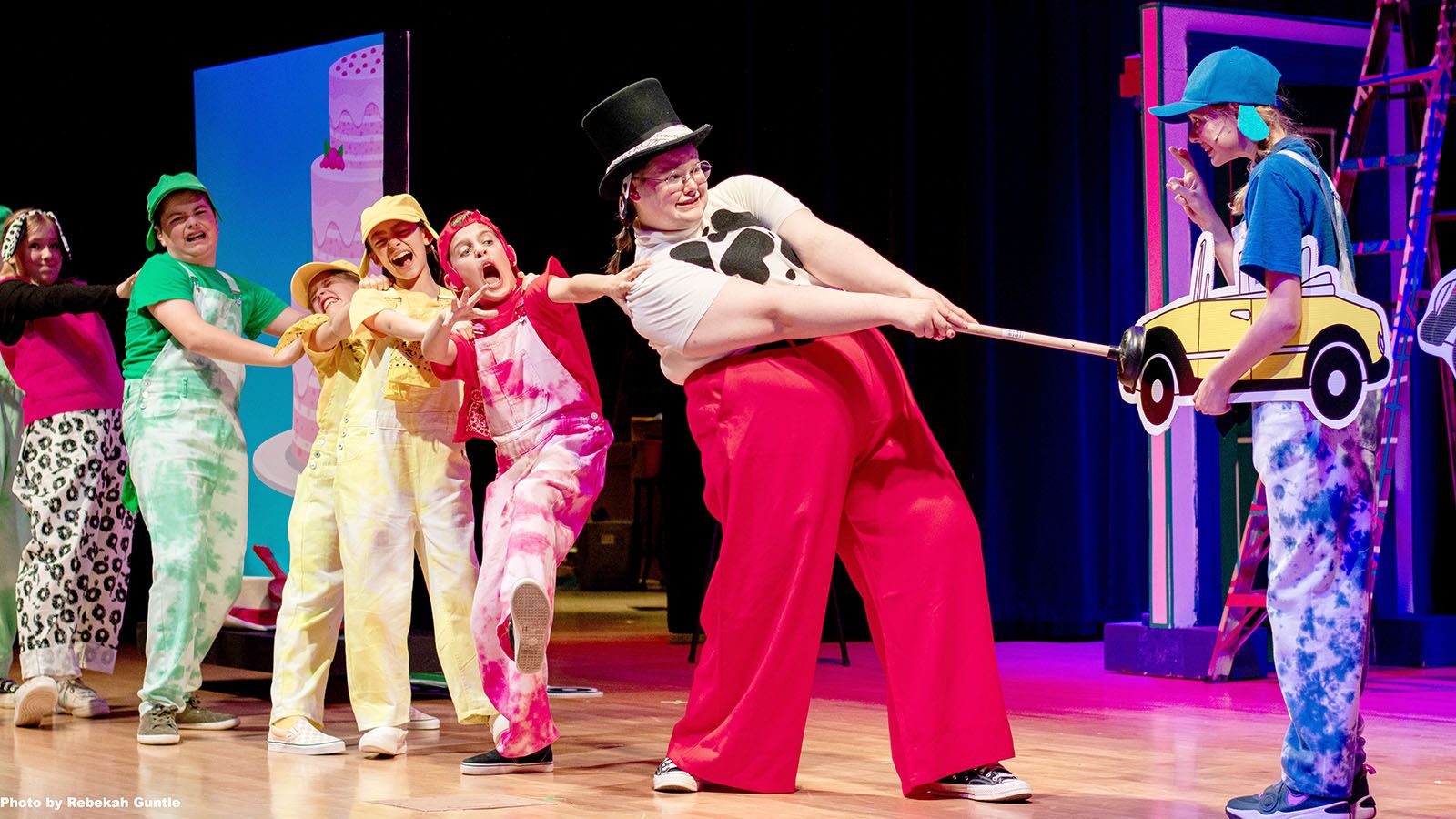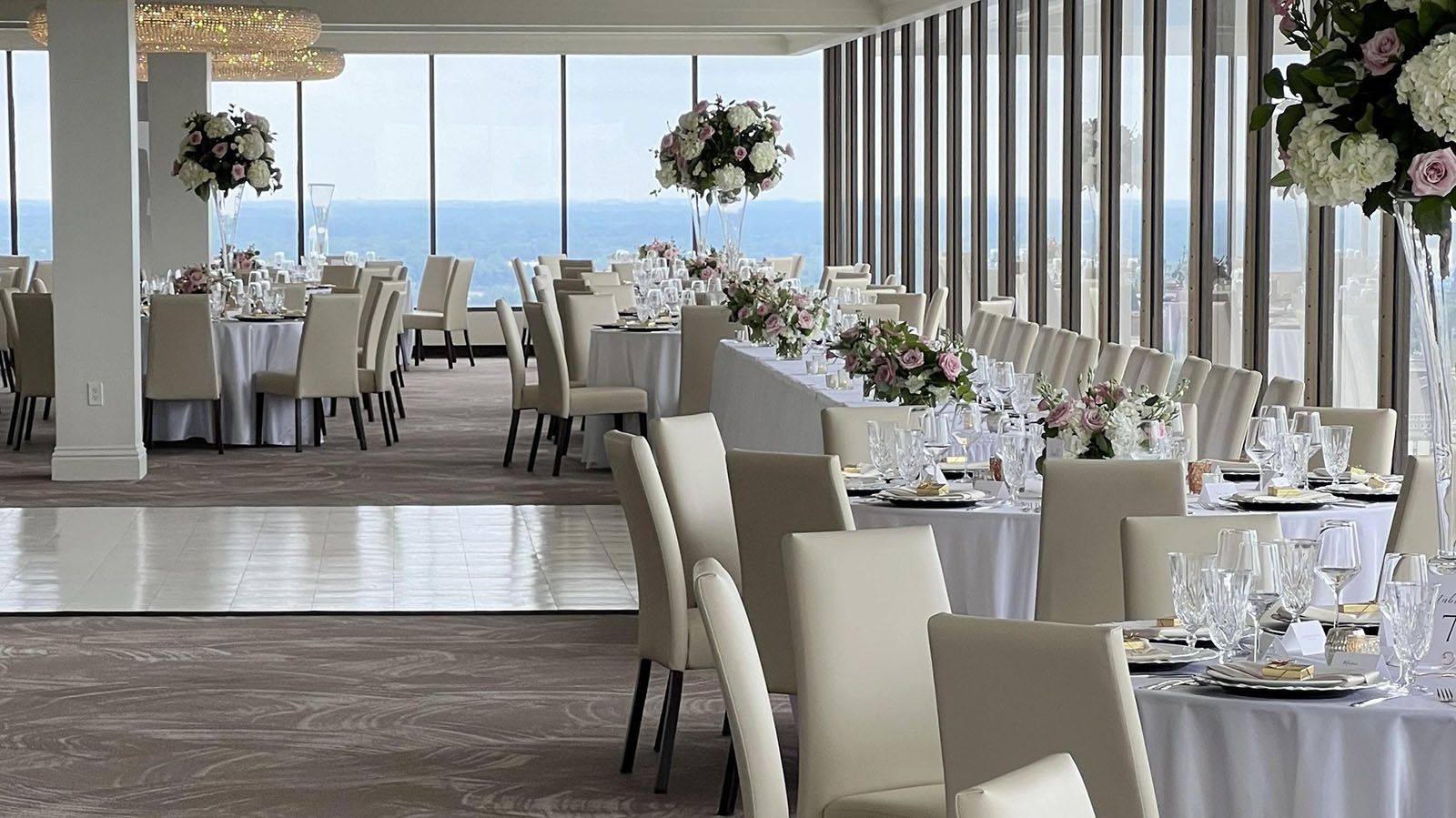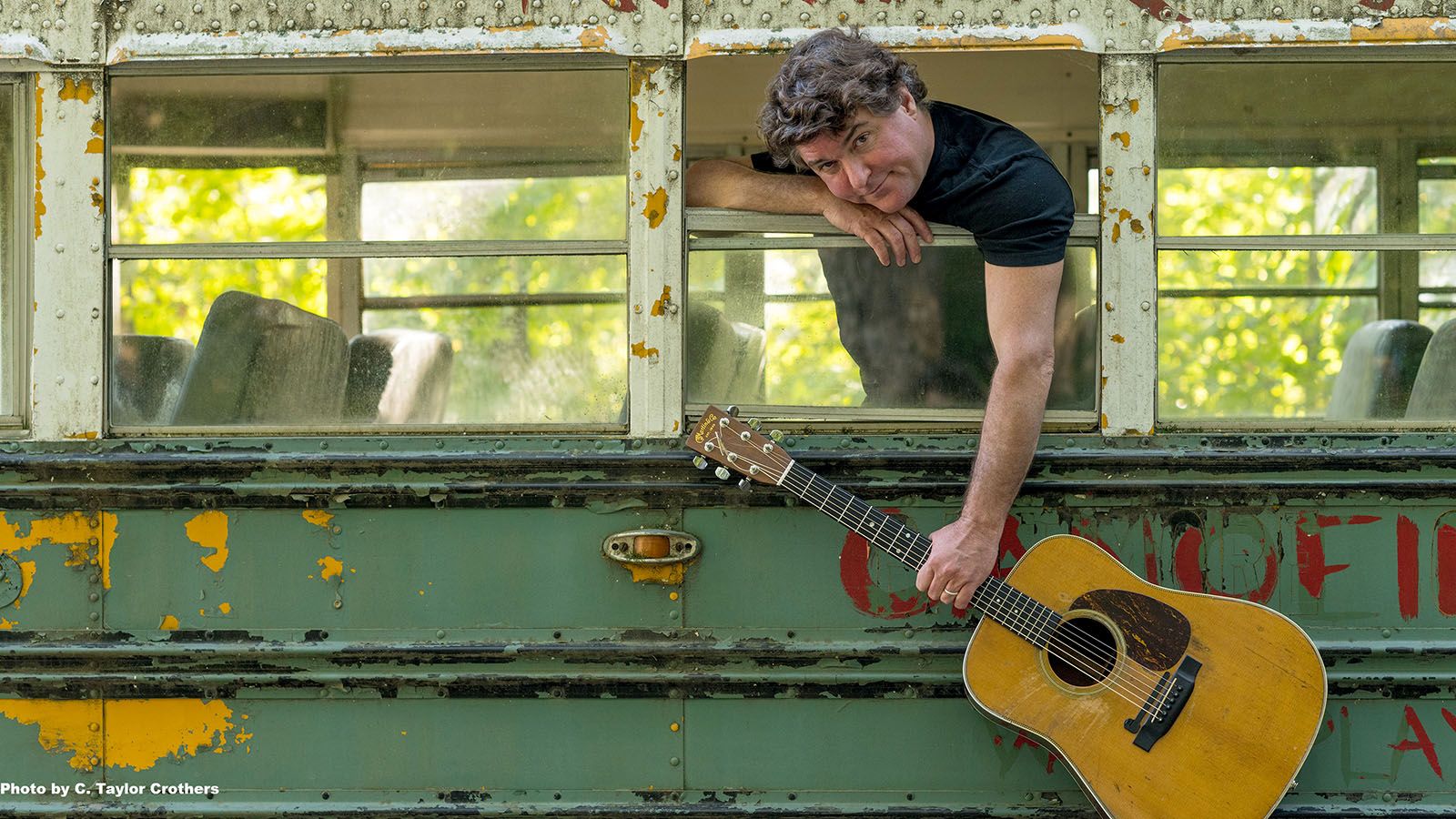Fort Wayne Ballet kicks off their season with the iconic, upbeat ballet Don Quixote on Friday and Saturday, Oct. 18-19, in the new downtown venue, Pearl Street Arts Center.
According to Fort Wayne Ballet’s website: “Inspired by (Miguel de) Cervantes’ novel and among the most beloved of ballet’s romantic comedies, Don Quixote brings revelry and passion to life in three acts.
“Among the plot’s memorable characters, we’ll meet a pair of young lovers, Kitri and Basilio, who fall in love despite the protests of Kitri’s father … and follow the heartwarming adventures of one man’s dream to restore chivalry, virtue, and love.”
‘Don Quixote’
Fort Wayne Ballet
7:30 p.m. Friday, Oct. 18
2 p.m. and 7:30 p.m. Saturday, Oct. 19
Pearl Street Arts Center
234 Pearl St., Fort Wayne
$30-$35 · (260) 422-4226
Adjusting to new space
Along with the show being a fan-favorite, many may be intrigued to get an early look at Pearl Street Arts Center.
“At this time, the Pearl Street Arts Center is still wrapping up construction, so we haven’t been in the physical space yet,” Artistic Director Karen Gibbons-Brown said last month. “Thankfully, we know the dimensions of the space, so we’ve been able to have a sense of what it will be like.
“It’s really special for Fort Wayne Ballet to, in a way, be christening the new space.”
As excited as Gibbons-Brown and FWB are to be in the space, having limited rehearsal time on the stage will be a unique challenge. Being able to practice in the theater is important for dancers to identify how to maneuver the space. Knowing the placement of the wings, lights, and other equipment is important, as is knowing your routes for backstage crossovers.
Anyone who has participated in a live performance knows all too well the feeling of running from one side of the stage to reappear on the other side miraculously, trying not to seem too out of breath or having stubbed your toe on a light.
“Once we are actually in the theater, the learning curve will be steep, but exciting.” Gibbons-Brown said.
Comedic Characters
“It’s a three-act ballet, so it’s a big ballet.” Gibbons-Brown said of Don Quixote. “The dancers learned the choreography relatively quickly since we were also preparing for the Director’s Choice show that took place in September.”
Gibbons-Brown said that, after the Director’s Choice performance was finished, the dancers spent the majority of their rehearsal time learning the choreography for this show.
Don Quixote is known as a grand comedic novel, and the ballet takes on a similarly humorous tone. Gibbons-Brown said rehearsing has required dancers to stretch themselves as performers, tapping into highly energetic and, at times, funny characters.
“In rehearsals, I see dancers get into the scene and they really start to develop a character,” she said. “They get to continue to develop the characters as we prepare for the show, and it’s really fun to see.”
Gibbons-Brown noted David Claypoole is playing the pompous Gamache and is “absolutely hysterical” as he embraces the role.
If you have seen Claypoole perform, you know that in addition to being a technically talented dancer, he is a skilled actor.
His ability to embrace a character and bring the audience into the story was seen when he played the title role in FWB’s Dracula in 2022. He fully embraced the vampire identity and gave a remarkably bone-chilling performance.
Now, seeing him in a more lighthearted, funny role will allow audiences to see the full range of his acting ability.
Attention to detail
Another unique aspect of Don Quixote is the music.
Composed by Ludwig Minkus, the music, drawing from Spanish influence, has an upbeat, rhythmic quality not seen in many classical ballets.
“There’s a lot of rhythm and counter-rhythm, and accents are not always on the downbeat like you would expect in other classical ballets,” Gibbons-Brown said. “This requires extra attention to detail to make sure that movements are happening in time with the music.”
Along with the attention that must be paid to the rhythm, there are stylistic nuances in the choreography that must be adhered to by the dancers.
“There are very specific ways the dancers’ hands must be placed, or props must be incorporated,” Gibbons-Brown said. “It requires a different level of attention to detail than some of the more traditional classical ballets.”
Everyone Plays a Part
The Corps de Ballet, which directly translates to “body of the ballet” but is often referred to as the “ensemble” or “large group,” play a key role in this performance.
In many classical ballets, such as Swan Lake, the Corps de Ballet play roles that are often stationary, holding poses like human statues as solos and duets take place center stage. In this show, however, the Corps de Ballet plays an active, lively role, helping create the energetic feel of the show and acting as an interactive, on-stage audience.
It is also an opportunity for FWB’s pre-professional students, trainees, and newer dancers to play an active role in the show.
“In this show, the Corps de Ballet is carrying the story forward along with the lead characters,” Gibbons-Brown said. “There’s a lot of responsibility on the Corps de Ballet to not only work together, but to get into their characters and help carry the story.”
The fun, sassy style of the music and movement in this ballet is matched by the costumes. FWB will use a mixture of existing and newly created costumes for this show. Among the newly created costumes are 22 tutus, impressively produced by Costume Mistress Nan Possemato.
In addition to the traditional tutu, many of the dancers will be costumed in flamenco-style dresses, which beautifully complement their movement.
Don Quixote is a ballet full of life, love, and laughter and will be a delight to watch for any audience member.





